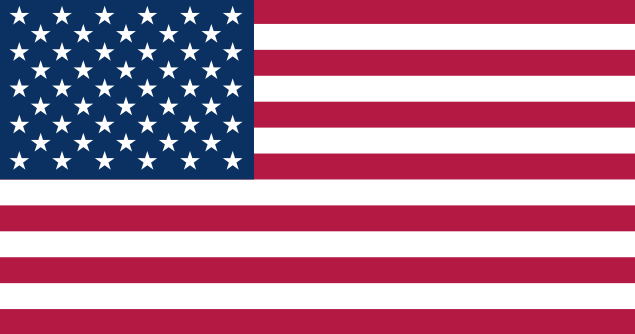The difference between Life Jackets and Personal Flotation Devices (PFDs)

Choosing the right flotation device for your marine activities can be a challenge – especially with so many options on the market. For watersports like boating, stand up paddleboard and kayak fishing, new adventurers are unsure of whether they need a life jacket or a Personal Flotation Device (PFD), and how to choose the best solution for their planned adventures.
Here’s a simple, short answer: a life jacket personal flotation device is a type of PFD.
Which—we know—isn’t helpful when it comes to making an informed decision about which option is better suited to your needs.
While wearing ANY life jacket or PFD is better than wearing NO flotation solution, having the best time possible out on the water—where your safety and comfort are both a priority—means choosing the best possible solution, not simply any flotation device.
Before we get into the specific difference between a life jacket and a PFD, let’s break down each for a better understanding of your options.
WHAT IS A LIFE JACKET?
While often used interchangeably with Personal Flotation Devices, life jackets and life vests are a unique and specific form of personal flotation. Why? Because to be rated as a life jacket, it has to be able to turn most unconscious wearers onto their back, and into a safe position where chances of drowning are reduced.
While most modern life jackets are made of foam, in the early days of their use they were filled with cork (even the British Royal Navy was using them in the early 19th century – issuing them to their sailors). Eventually, the cork vests became standard issue for lifeboat crews, with cork giving way to kapok, a buoyant cotton-like material and finally to foam.
Life jackets, while bulky and cumbersome, are still used today; specifically for off-shore vessels where rescue may be delayed. Many cruise ships and ferries crossing open water will carry these on board should they run into trouble.
WHAT IS A PFD
The umbrella that all individual flotation solutions fall under, a Personal Flotation Devices are a piece of flotation gear—most often in the form of a vest or a suit—that is strapped to or donned by an individual for the purpose of preventing drowning in a body of water.
Evolving from some of the earliest forms of personal flotation, and thanks to incredible advances in inflatable technology and innovate materials development, today there are five types of PFDs as identified by both Transport Canada and the US Coast Guard (who work together, alongside industry, to set a Consolidated North American Standard). The types of PFDs span vests tailored to specific environments through to throwable devices designed to bed thrown to a conscious person in the water, and all the way to devices engineered for unique and specific uses – only.
With most recreational users choosing a PFD that falls in the Type II or Type III category, here’s how you can make the best-vest choice for your marine adventures.
To sum it up, and keep it simple, the difference between a life jacket and a PFD comes down to two main elements: level of protection and comfort. Because PFDs are engineered and designed for all day wear, they are built to be comfortable, and entice wearers to keep them on without thinking about it. In contrast, and while traditionally quite uncomfortable, life jackets offer the highest level of protection both for staying afloat and turning unconscious wearers onto their back; an important element when prolonged immersion in water in riskier environments present themselves.




 RAMPARTCORPUSA.COM
RAMPARTCORPUSA.COM